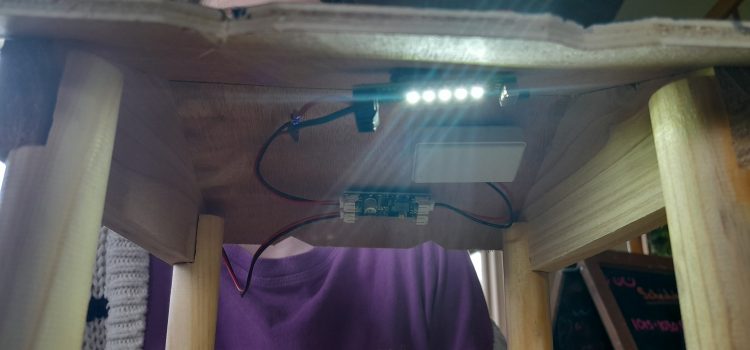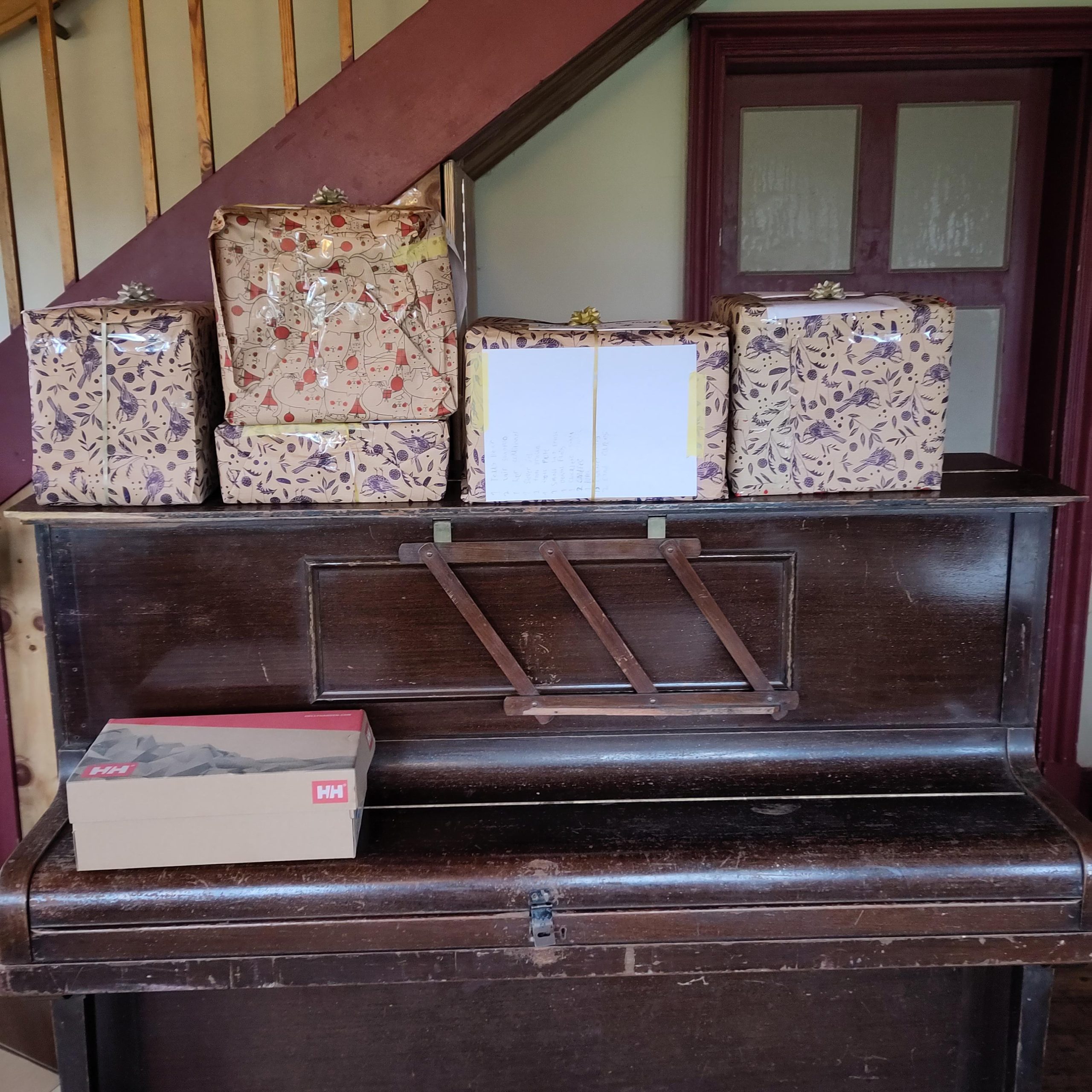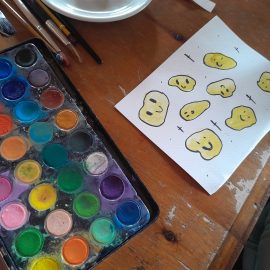
While we wait for roofing materials we prepare for the bigger installation by creating lots of smaller ones. We invite kids from the wider home education community and local schools to a solar electrics workshop. The idea is that every child will leave with their own mini-Steve Shelter, made out of a wooden bird table and fitted with a small 5 volt system that mimics the 12 volt system planned for Steve. We advertise the workshop before we have the faintest idea how to create such a system.
“It’ll be easy…?”
No. It’s not. Not if you don’t know what you’re doing. We want Solar Stu to concentrate on the big installation so Mentors set about learning what they need to know to run this workshop and run it safely.
The first thing we learn is that mini solar panels with cabling attached are about three times the price of ones without cables. Happily our Techie Teen is able to teach us how to solder. We feel so excited about our new skill that we decide to share this learning experience. The kids coming to the workshop will do some of their own soldering.
Twenty-plus YouTube videos and hours of more local brain-picking later we make the first attempt at a circuit and promptly blow up the LED strip. We learn what a resistor is and why our LED strip should have one.
We get more LEDs with resistors. The lights don’t blow but the resistor gets a bit too hot for comfort. Oops. We’ve set our booster, which was supposed to turn the 3.7 volts coming out of the lithium battery into 5 volts, to deliver 12 volts. Mentors put on their reading glasses and try again (these mini electrics are extremely small). Success!
We install the electrics onto our prototype and enjoy a good few hours of beautifully lit feature on our dining table. It’s bright enough to read under. The next day we charge it all day but when we turn it on in the evening the lights flicker and go off.
“Oh, no! What now?”
A local Brain looks at the battery. “You’ve damaged it when you velcroed it to the bird table. These things are really fragile.”
We order 12 mini battery boxes. Steve was getting one anyway, to protect the kids from the battery. We now understand we also need to protect the battery from the kids.
The next attempt works and stays working. The Mentors write the teaching materials. We’re ready for the workshop!



